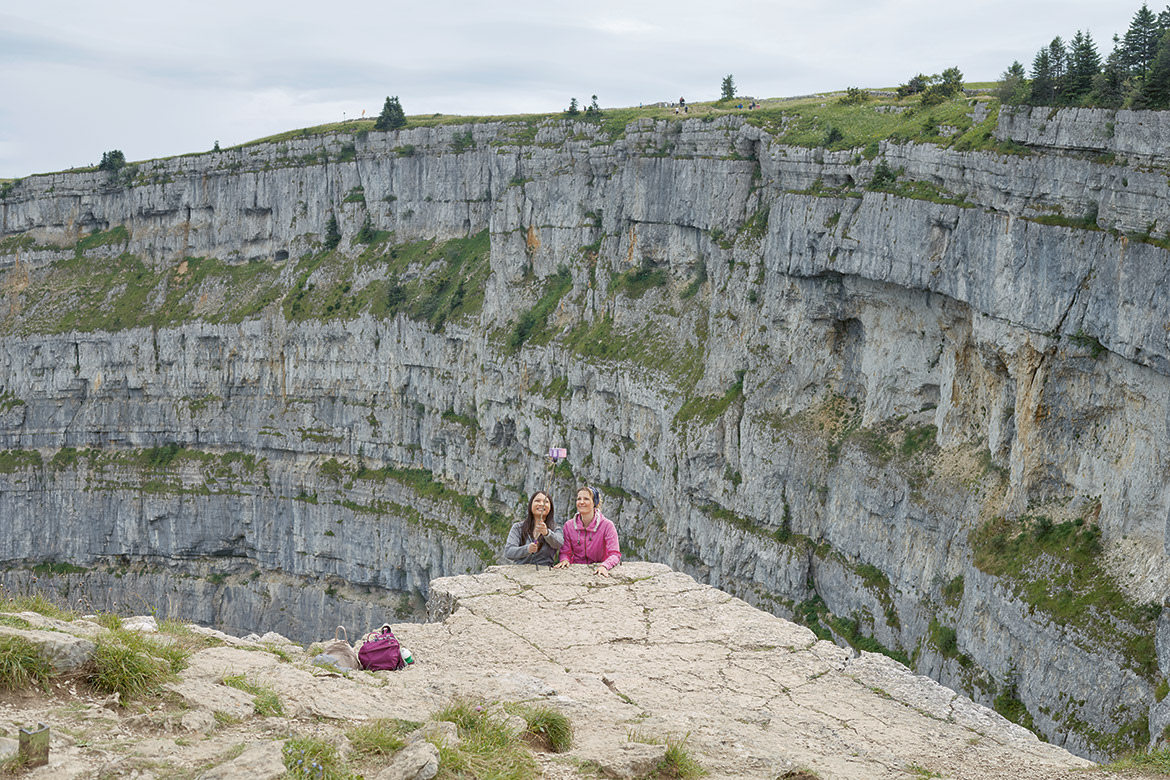Editorial: Legislating first, drilling afterwards
We’re drilling ever more holes into the ground for energy, transport and water. If we’re to continue doing this logically, there needs to be a burst of legislative activity, not to mention a long-term mind-set.

A geothermal drilling project, just like those in Basel and St. Gallen. | Image: Wikimedia.
With land, sea, and air conquered, humans have since yearned to stake their claims in outer-space. But there’s still space to be claimed underground. In the past, we drilled for gold and oil. Now we’re after geothermal energy and groundwater, not to mention new transport routes and deep foundations for towering buildings. From a resource perspective, the ground under our feet is ripe for exploitation, but that same perspective also takes in new issues: who owns what and what uses should take priority?
So far, Switzerland has scarce legislation, but that’s beginning to change. The Swiss land-planning law is currently pending review and there are moves to expand its scope to include the subsoil and bedrock, which would be welcome. If there is to be coordination among the burgeoning numbers of projects of national importance, inter-cantonal barriers will have to be torn down without delay. The role played by science is very important too, as there are still gaps to be filled in our knowledge of the Swiss bedrock. One step in this direction has been taken by Swisstopo. It has developed a tool to chart the geological layers and faults of the Swiss Plateau in three dimensions, making it a potentially valuable planning aid.
In the end, it will be up to politicians and civil society to debate whether we want to prioritise geothermal energy over transport or to preserve groundwater over the environment generally. We also need to start by asking about how it can all be managed sustainably. This may seem paradoxical – who’d believe you could ‘use up’ the bedrock? – but forward thinking really is important, because an underground structure can’t be demolished. We’ve almost entirely overexploited the environment. Now it’s time to adopt a different approach to our use of resources and manage the underground sensibly and wisely.
Daniel Saraga, Editor in chief




